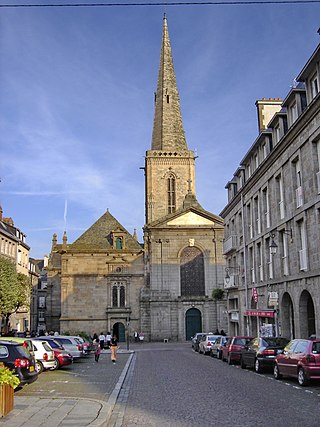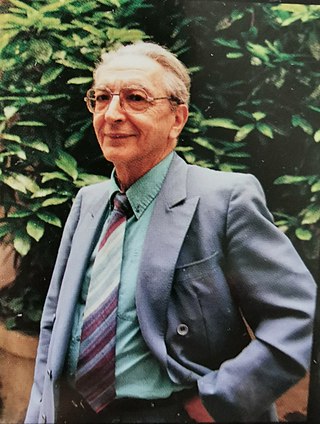Thoinot Arbeau is the anagrammatic pen name of French cleric Jehan Tabourot. Tabourot is most famous for his Orchésographie, a study of late sixteenth-century French Renaissance social dance. He was born in Dijon and died in Langres.

In biology, a type is a particular specimen of an organism to which the scientific name of that organism is formally associated. In other words, a type is an example that serves to anchor or centralizes the defining features of that particular taxon. In older usage, a type was a taxon rather than a specimen.

Découvertes Gallimard is an editorial collection of illustrated monographic books published by the Éditions Gallimard in pocket format. The books are concise introductions to particular subjects, written by experts and intended for a general audience.

Gaston Tissandier was a French chemist, meteorologist, aviator, and editor. He escaped besieged Paris by balloon in September 1870. He founded and edited the scientific magazine La Nature and wrote several books.

Claude-Joseph Désiré Charnay was a French traveller and archaeologist notable both for his explorations of Mexico and Central America, and for the pioneering use of photography to document his discoveries.

The Territorial Assembly of Wallis and Futuna is the legislature of Wallis and Futuna. It consists of 20 members, elected for a five-year term by proportional representation in multi-seat constituencies. The Assembly sits in Mata Utu, the capital of the territory.
Pierre Briant is a French Iranologist, Professor of History and Civilisation of the Achaemenid World and the Empire of Alexander the Great at the Collège de France, Doctor Honoris Causa at the University of Chicago, and founder of the website achemenet.com.

René Depestre is a Haitian poet and former communist activist. He is considered to be one of the most prominent figures in Haitian literature. He lived in Cuba as an exile from the Duvalier regime for many years and was a founder of the Casa de las Américas publishing house. He is best known for his poetry.

Congis-sur-Thérouanne is a commune in the Seine-et-Marne department in the Île-de-France region in north-central France.

The former Breton and French Catholic Diocese of Saint-Malo existed from at least the 7th century until the French Revolution. Its seat was at Aleth up to some point in the 12th century, when it moved to Saint-Malo. Its territory extended over some of the modern departments of Ille-et-Vilaine, Côtes-d'Armor, and Morbihan. Until the 860s, it was often termed the bishopric of Poutrocoet.
The Walloon Movement is an umbrella term for all Belgium political movements that either assert the existence of a Walloon identity and of Wallonia and/or defend French culture and language within Belgium, either within the framework of the 1830 Deal or either defending the linguistic rights of French-speakers. The movement began as a defence of the primacy of French but later gained political and socio-economic objectives. In French, the terms wallingantisme and wallingants are also used to describe, sometimes pejoratively, the movement and its activists. To a lesser extent, the Walloon Movement is also associated with the representation of the small German-speaking population in the East Belgium of the Walloon Region.
The Walloon Movement traces its ancestry to 1856 when literary and folkloric movements based around the Society of Walloon language and literature began forming. Despite the formation of the Society of Walloon Literature, it was not until around 1880 that a "Walloon and French-speaking defense movement" appeared, following the linguistic laws of the 1870s. The movement asserted the existence of Wallonia and a Walloon identity while maintaining the defense of the French language.

Étienne-Joseph-Théophile Thoré was a French journalist and art critic. He is best known today for rediscovering the work of painter Johannes Vermeer and several other prominent Dutch artists.

Annie Groovie, is a Québécois writer and illustrator of children's literature. She wrote a series of books and comic strips featuring Léon, a young male cyclops.

Louis-Frédéric Nussbaum, also known as Louis Frédéric or Louis-Frédéric (1923–1996), was a French scholar, art historian, writer and editor. He was a specialist in the cultures of Asia, especially India and Japan.
Events in the year 1864 in Belgium.
Events in the year 1863 in Belgium.
Anarchism spread into Belgium as Communards took refuge in Brussels with the fall of the Paris Commune. Most Belgian members in the First International joined the anarchist Jura Federation after the socialist schism. Belgian anarchists also organized the 1886 Walloon uprising, the Libertarian Communist Group, and several Bruxellois newspapers at the turn of the century. Apart from new publications, the movement dissipated through the internecine antimilitarism in the interwar period. Several groups emerged mid-century for social justice and anti-fascism.











